Champion Raising Their Prices Is An Example Of Fashion Gentrification
The gentrification of low-income brands is highlighted by century-old Champion's comeback.
In eighth grade, I remember going to Walmart with my mom and buying a pair of shorts for gym class. That was the first time I purchased something from the Champion brand. They were $10, comfortable and affordable. I remembered recently that Target's and Walmart's sports lines used to sell, almost exclusively, Champion items. Basic Champion sweatpants and sweatshirts were sold at Walmart for around $7 each. In recent years, Champion clothing has retailed for at least $35 from stores like Urban Outfitters and PacSun. Along with the price increase, came what seemed to be a complete redesign of the brand. Suddenly the clothes were produced in trendy colors and patterns, becoming novelty items rather than practical, everyday clothing.
Champion is considered a high-end brand, particularly for the target markets of the aforementioned corporations, teens and young adults. How did this happen?
It is important to acknowledge that Champion headlined the athleisure trend in the 90s. Athleisure, as well as the rest of the 90's fashion, has made a massive comeback during this decade. This plays a large role in Champion's resurface in the fashion world. The trend was reset, and their clothes became part of the high-end sportswear aesthetic.
Champion's rebound is not abnormal.
Many brands have had their own resurgences across generations as trends ebb and flow. However, the widespread consumption of Champion brings the brand to the forefront of gentrification. They became an icon of pop culture by associating the line with those that were already acknowledged as high-end. Through collaborations with brands like Supreme, celebrities donned Champion left and right. Thanks to the social media presence that the 90s lacked, the brand's revival spread rapidly. Companies like UO, already notorious for advertising a "poor-looking" aesthetic for a high price, pounced on the opportunity to include Champion in their branding. Champion's prices have since skyrocketed, with most hoodies selling between $70 and $80.
The romanticism of practicality is dangerous. For people who relied on Champion for their everyday clothing, their items are now inaccessible. Making their lifestyle seem elite by upping its purchase value, those living in poverty are significantly disrespected. Dressing a certain way to "look cool" is one thing until it becomes appropriation of a lifestyle the dresser does not truly know the experience of. Wealthy people want to wear Champion because it has again become a wardrobe staple of celebrities; a brand of the richest is one that others aspire to have as well. Before Champion was stylish, poor people were looked down upon for wearing the same items that now are symbolic of higher social and financial status. We, as a highly consuming generation, must take into consideration why we think of something as stylish when it means something entirely different from what it meant to the people who originally wore it.
Champion was not always a fashion choice. Fetishizing the unfortunate economic reality of millions of people takes away from the vital conversation of poverty, and this appropriation cannot be overlooked. Trends are temporary, but the politicization of clothing is imminent.

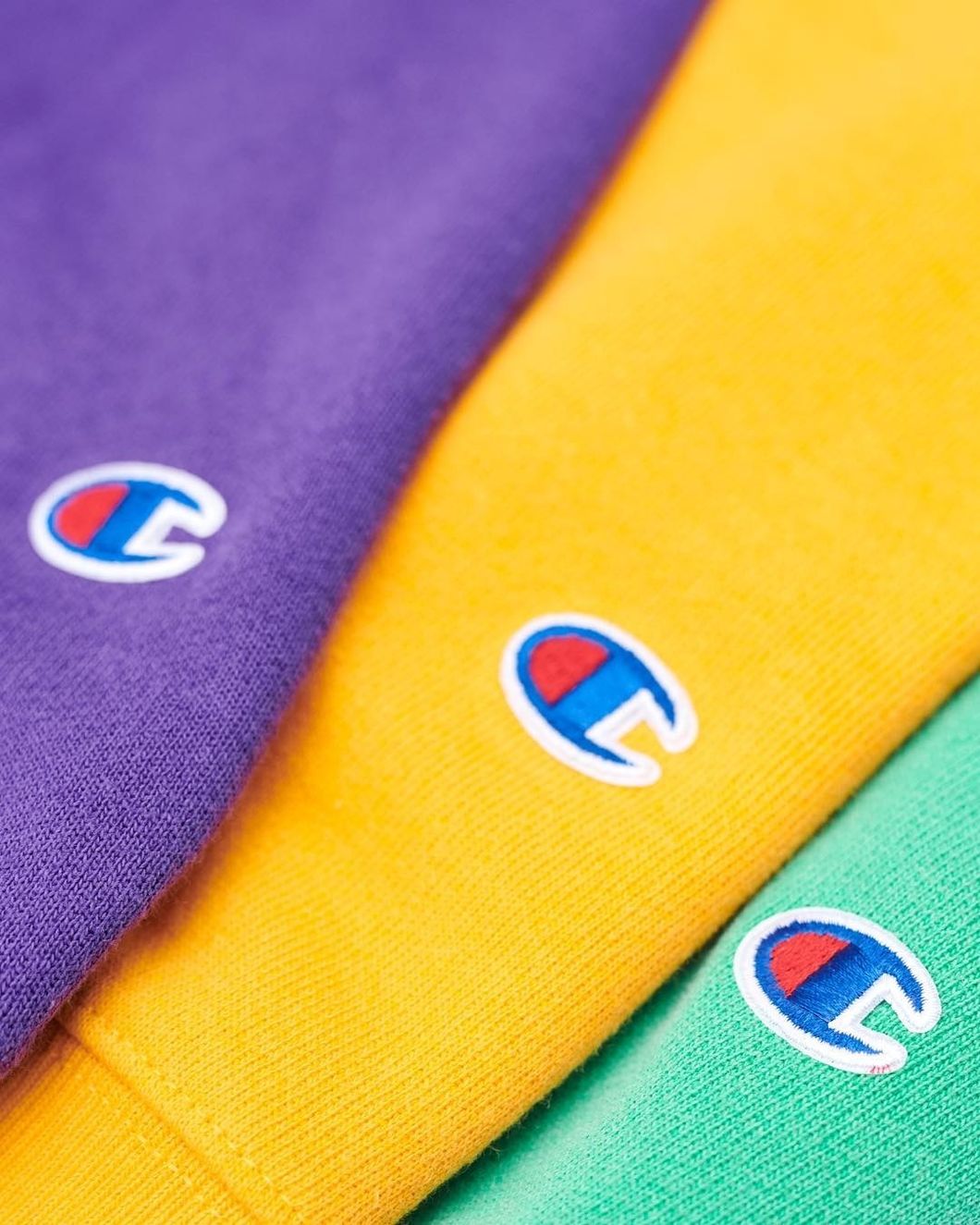
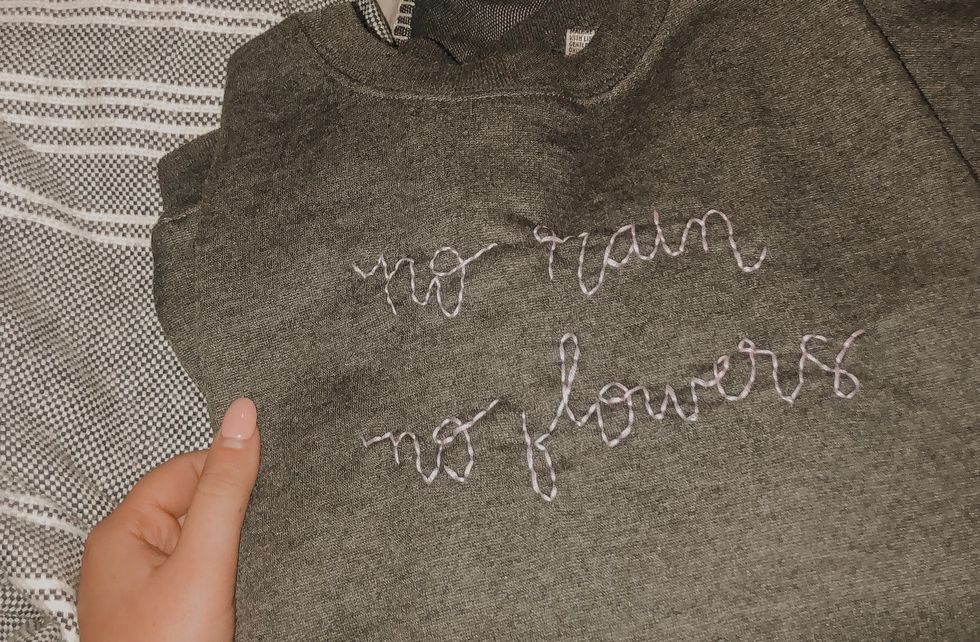


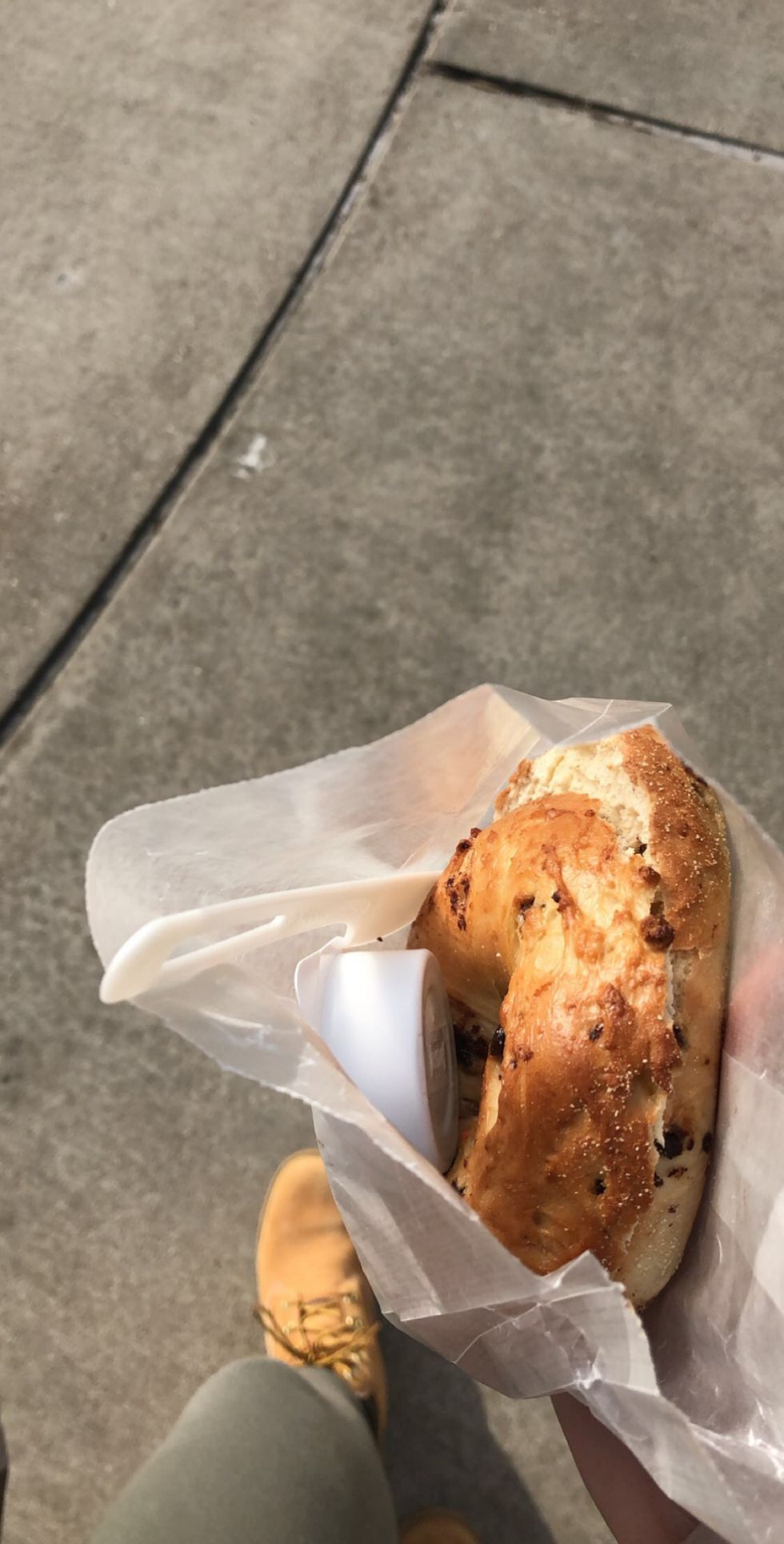













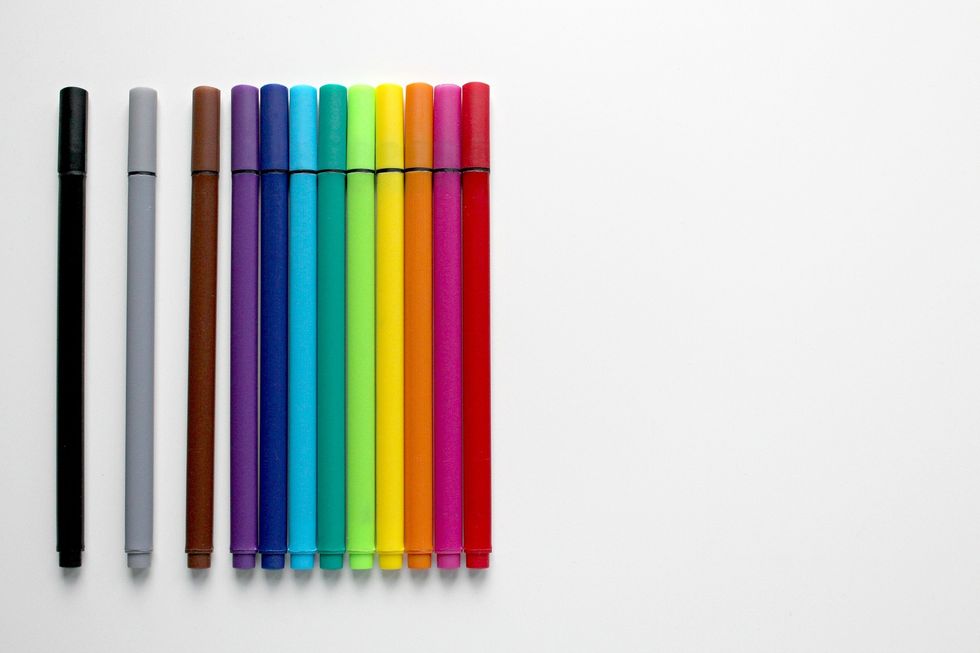







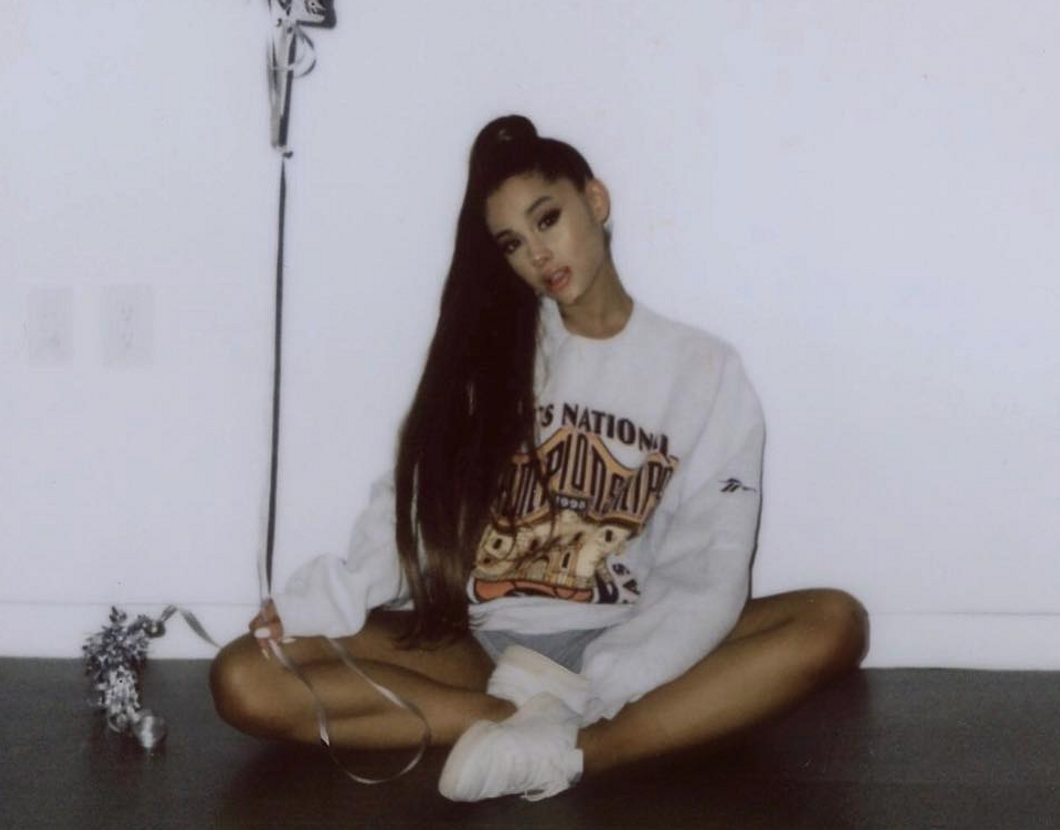
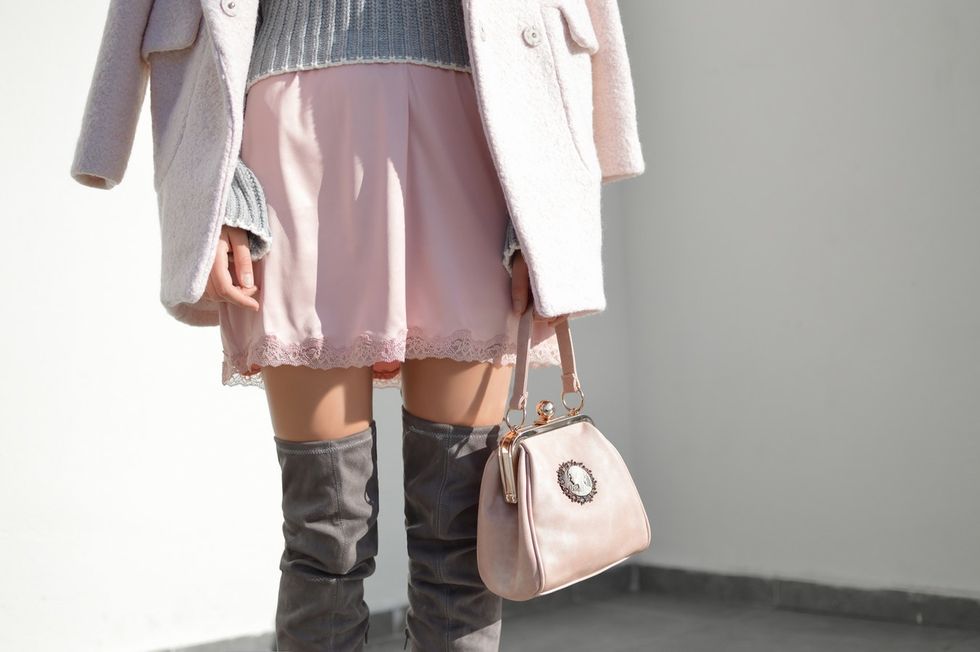



 Nike, Just Do It!
Nike, Just Do It! Me. Photo by: Candice Hodge
Me. Photo by: Candice Hodge 


















